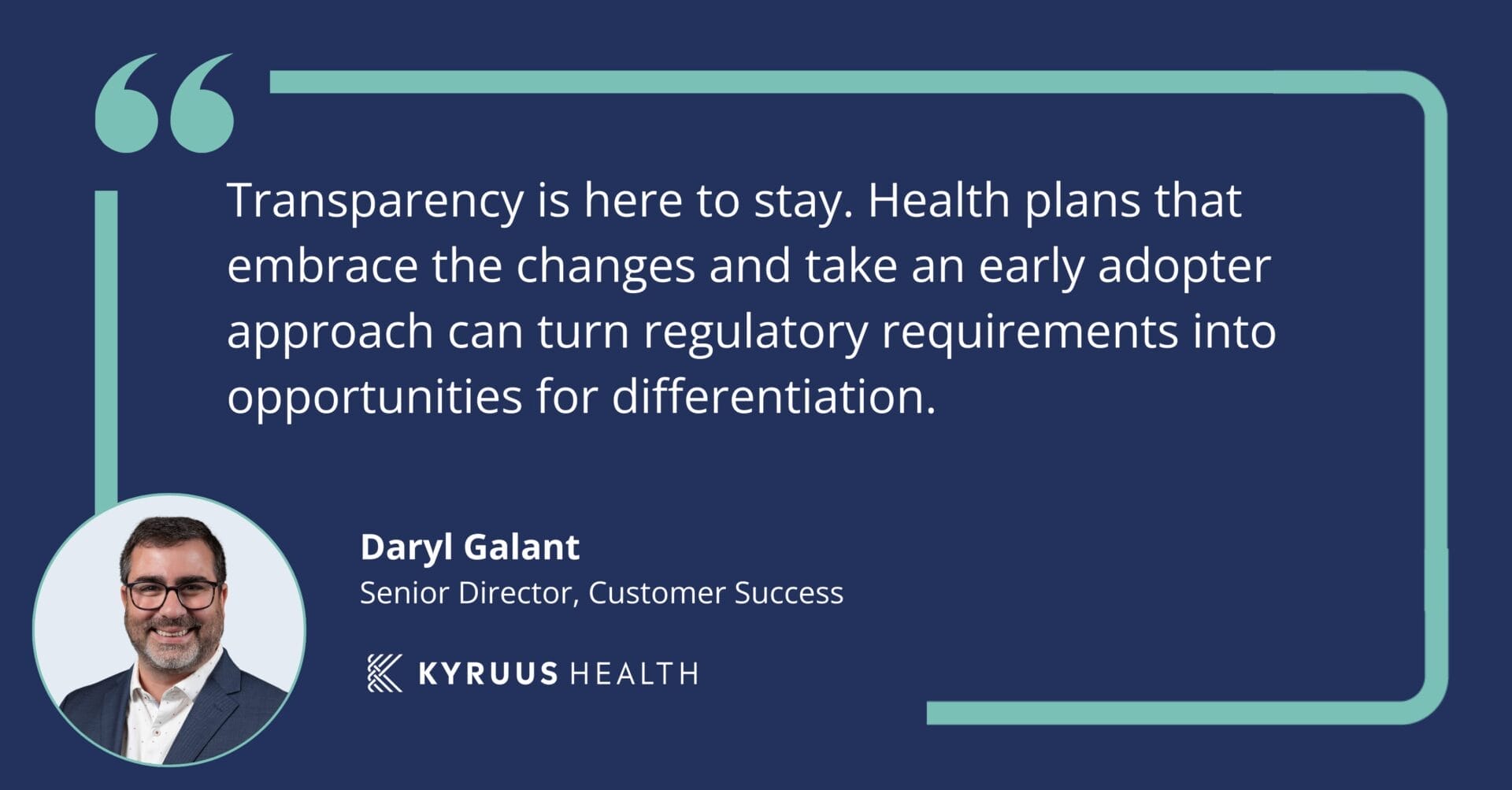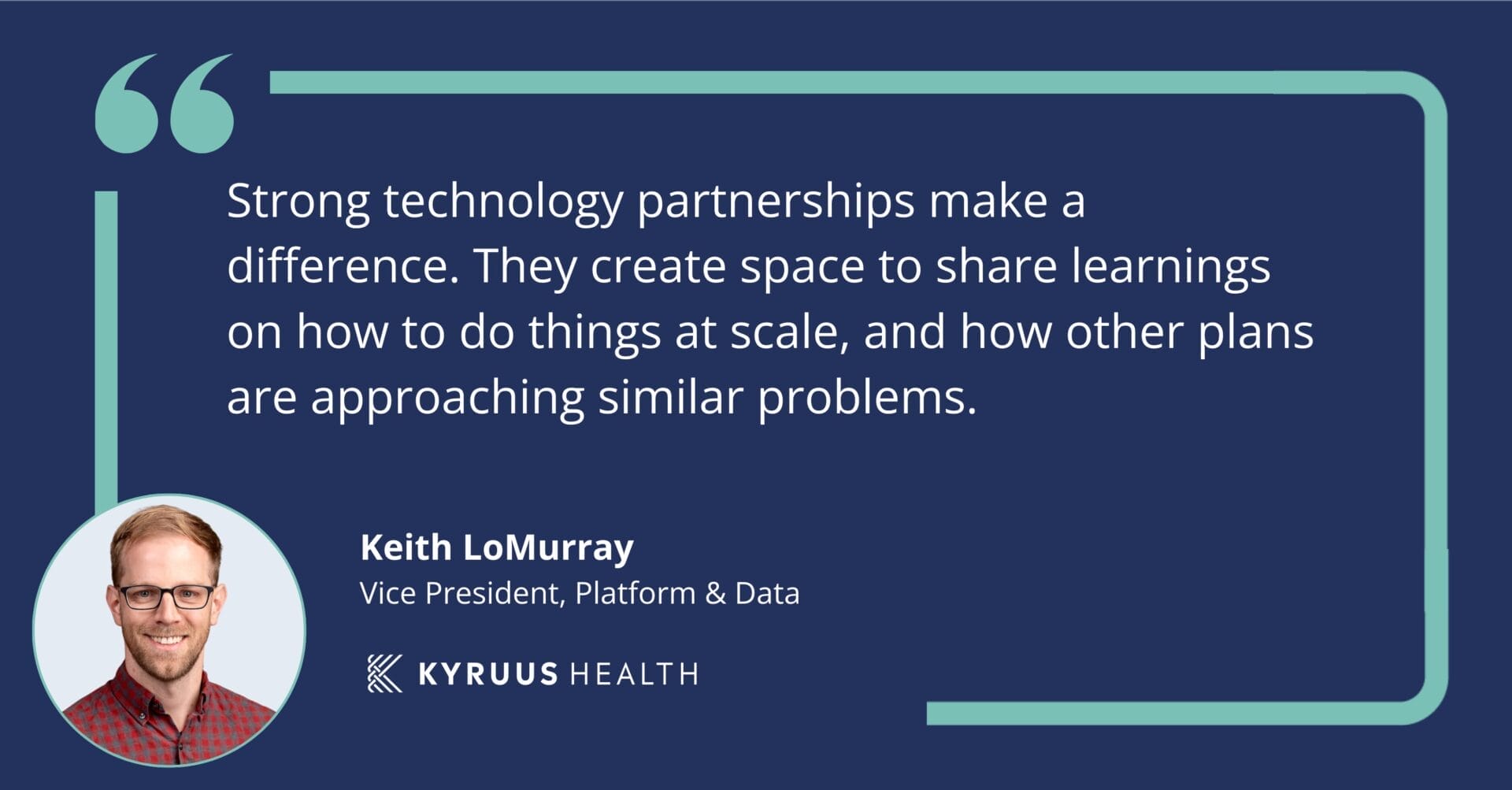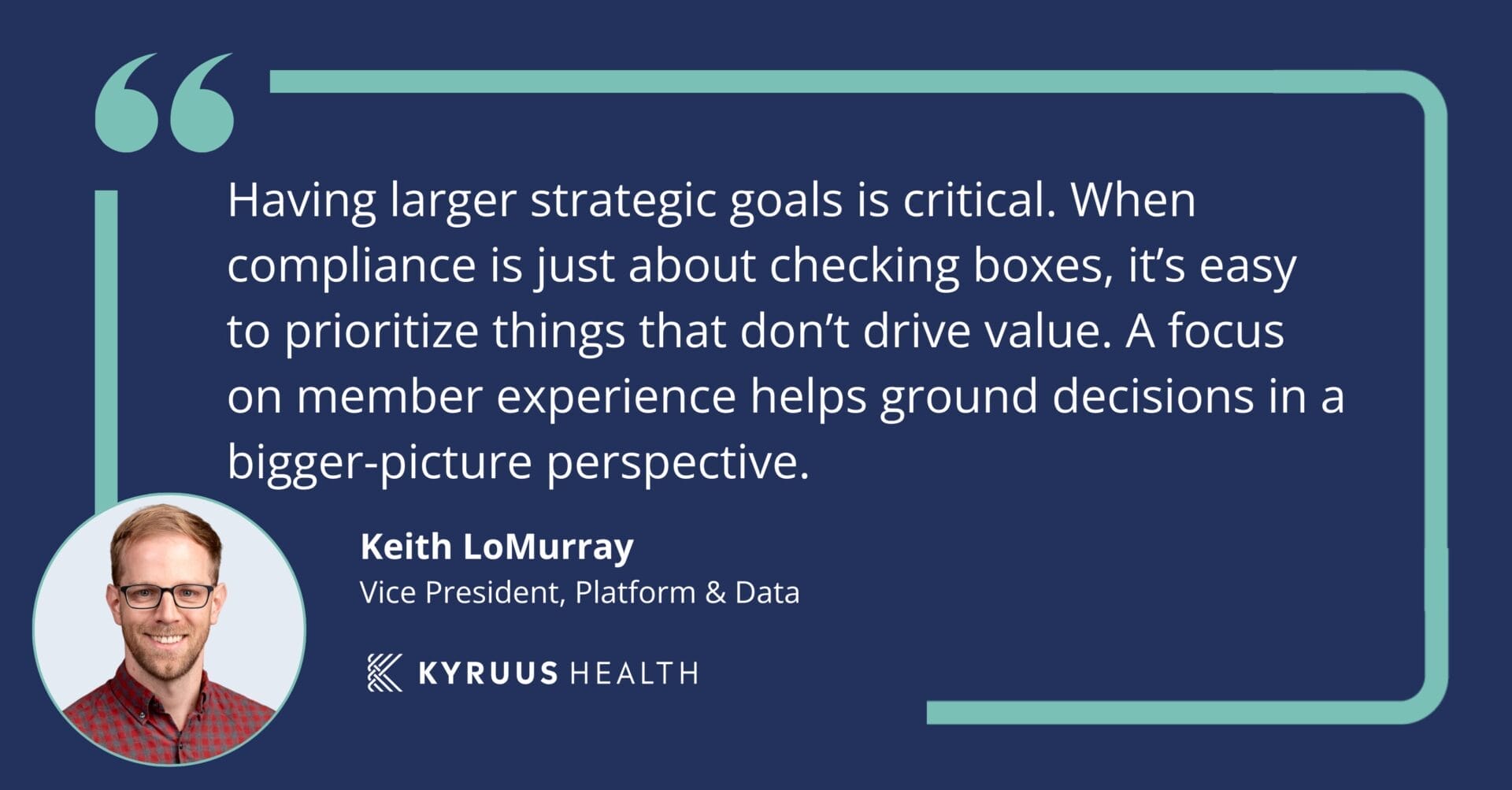Regulatory updates around price transparency present more than just a compliance hurdle for health plans—they offer a distinct strategic opportunity.
Having partnered with payers through similar shifts, we’ve seen firsthand how a readiness to move beyond a reactionary response can significantly strengthen member trust and establish a resilient operational foundation. We aim to support you in building that strong foundation now, providing assistance while you await further clarifications to existing rules.
This guide is built on the premise that proactive preparation is not just prudent, but powerful. While specifics of the February 25, 2025 Executive Order will become clearer in the coming days, the imperative is to prepare now. With best practices and actionable strategies you can fortify your teams and your organization for what lies ahead and ensure you’re equipped to turn regulatory change into an opportunity.
Why Does Price Transparency Matter?
True price transparency extends far beyond a compliance checklist—it delivers tangible benefits to both health plans and their members, fostering a more efficient, trusting, and member-centric ecosystem.
Benefits for Health Plans
Embracing transparency proactively allows health plans to:
- Turn regulatory requirements into a strategic advantage: Our work during past mandates, like Transparency in Coverage, consistently showed that health plans embracing an early adopter mindset didn’t just meet deadlines—they successfully differentiated themselves and uncovered new avenues for member engagement and innovation.
- Boost member satisfaction and loyalty: When members feel informed and supported in understanding their healthcare costs, their satisfaction and loyalty to the health plan increase significantly.
- Strengthen trust with members: Openness about pricing strengthens the foundation of trust, positioning the health plan as a reliable partner in the member’s healthcare journey. In fact, 62% of all consumers state they want more accurate information from their plans, highlighting the importance of price transparency.
- Guide members to more cost-effective choices: By providing clear cost information, health plans can empower members to select high-quality, cost-effective care within the network.
- Avoid unnecessary costs relating to network utilization: Subsequently, better-informed members are more likely to utilize in-network services appropriately, leading to optimized resource use and a reduction in avoidable expenditures for all parties.
Benefits for Members
For your members, clear price transparency translates to:
- More informed decisions: Access to understandable cost information allows members to actively participate in their healthcare choices.
- Better understand the financial implications: Members can anticipate and plan for healthcare expenses, leading to greater financial preparedness.
- Own health advocacy: With a clearer view of costs and options, members are more equipped and motivated to engage in their care and advocate for their needs.
- Reduce financial surprises and anxieties: Unexpected healthcare expenses are stressful. Transparency minimizes the stress associated with unexpected medical bills, leading to a more positive healthcare experience.
 Current Best Practices
Current Best Practices
To navigate the present and prepare for the future, there are a few areas health plans can focus on refining:
Optimize the Digital Experience
Remember that your digital channels are often the first point of interaction for members seeking cost information.
- Focus on creating a seamless digital member experience and continually refine user-friendly cost estimator tools, ensuring they are easy to understand and provide comprehensive information.
- Ensure out-of-pocket costs, deductibles, and co-pays are clearly displayed within these tools, so members can easily see their specific financial responsibility.
- Lean into proven strategies and insights from previous regulatory transitions, such as the Transparency in Cost rollout—drawing on Kyruus Health’s direct experience in assisting payers.
- Prioritizing the early and thorough organization and validation of all underlying data.
- Committing to rigorous, iterative testing of any member-facing tools before they are launched to members.
- Complimenting technical readiness by developing clear communication strategies that help members understand what the information means and how it truly empowers their healthcare decisions
 Effective Member Communication and Education
Effective Member Communication and Education
For effective member communication and education, it’s crucial to recognize that tools are only impactful if members are aware of them and understand how to use them to their benefit.
- Don’t wait for members to search; actively inform them with education initiatives about the available transparency tools and resources.
- As you draft your communications, are you answering and addressing “how does this help the member?” Frame all communications around the direct value to the member—how these tools can help them save money, understand their benefits better, or make more confident decisions.
- Create and share accessible resources, such as guides, FAQs, and tutorials, to support member understanding.
Data Accuracy, Accessibility, and Management
When it comes to data accuracy, accessibility, and management, the integrity and availability of your pricing data are absolutely foundational. Key learnings from past mandates highlight the importance of this.
- Drawing on lessons from previous regulatory rollouts, ensure the accuracy, completeness, and timeliness of all pricing data.
- Implement and maintain an ongoing, robust strategy for data governance, regular updates, and seamless accessibility for members—to ensure you can adapt to future requirements efficiently.
Fostering Agility and Strategic Alignment
A health plan’s ability to respond effectively to regulatory changes hinges on a nimble, coordinated, and well-prepared organization.
- Set up a dedicated response team or a flexible framework designed to quickly and efficiently adapt to new requirements.
- Actively manage leadership expectations to secure consistent buy-in and necessary resources for transparency initiatives.
- Streamline decision-making processes to enable swift action when changes are announced.
- Establish (and assign) clear ownership and oversight for all aspects of your transparency strategy.
- Cultivate a strong culture of collaboration across all relevant departments, to ensure a unified approach. This might include digital strategy, It, legal, compliance, product, marketing, and member services.
 Preparing for What’s Next
Preparing for What’s Next
While the specifics of future regulatory updates will evolve, these best practices are essential for building a resilient and member-centric health plan. Investing in a strong foundation of digital experience, member education, data integrity, and organizational agility will serve your plan well in an environment of uncertainty. Remember, transparency is not a fleeting initiative but an enduring trend shaping the future of healthcare.
Kyruus Health’s Commitment
Kyruus Health has a proven track record of partnering with health plans to navigate complex regulatory landscapes. This hands-on experience navigating the intricacies of mandates like Transparency in Coverage, combined with our focus on adaptable solutions and data integrity, uniquely positions us to help your organization not just meet the letter of new requirements, but to strategically leverage them for genuine member benefit and operational strength.
As we watch closely, and learn more in the coming days, stay tuned for further insights and analysis from Kyruus Health. We are committed to helping you confidently navigate these changes.



